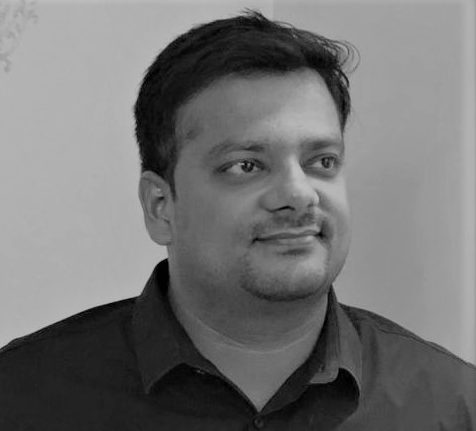Narrate your experience in Architecture Journey till date. What makes your work unique?
Life experiences do guide thought and design process – physically, mentally, and emotionally. We ventured into design-build services after practising as an architecture studio for the first two years of our founding because we strongly believe that cost of constructing green buildings, which rely predominantly on passive techniques for daylighting and thermal comfort is at par if not less than the cost of a conventional building. Additionally, for us, sustainability is not an isolated layer in design, but an indispensable component that enhances the experience of the built environment.
We don’t think one needs to put any special effort to venture into eco-friendly architecture as we don’t consider it a USP or an add-on to the design process. For us, it’s a guiding principle that directly and indirectly benefits both users and the society. Being an environmentally conscious practice, when we started out, the initial ideas were to push for sustainable design and respond to the environment. Over a period, we realized that if we were to design in the Indian context, we must truly understand the nature of Indian Architecture. As we dove deeper into this, we started looking at to the historic and vernacular architecture of our country in search of architectural language we could contemporize. If we go through history, we can observe the impact of vernacular and traditional architecture on community living. We see the relevance of eco-friendly architecture as a response to the contextual and environmental issues of cooling and ventilation, water supply and discharge (waste & potable), daylighting, etc. Comfort, and not luxury, was the overarching idea behind the design of domestic spaces.
Hence, we started reinterpreting principles from the vernacular to guide our designs using modern and innovative tools such as employing parametricism and new-age construction technologies.
ZED Lab is a Delhi-based, research-driven, architecture and interior design studio specializing in net-zero energy buildings since 2009. With sustainability at the core of its design process, and architecture as its synthesis, ZED Lab works towards improving the quality of life in symbiosis with the environment through the holistic lens of research, design, and construction. As vision facilitators, idea generators and design integrators, ZED Lab works collaboratively to formulate strategies that draw inspiration from the Indian vernacular for present and future needs. ZED Lab’s design approach is informed by a deep and innate understanding and application of age-old bioclimatic wisdom, using cutting-edge technological tools such as parametric design. Through climatic studies, simulation models, custom software, and physical experiments, the studio explores every facet of design that goes on to determine the nature, shape, and impact of a project, making it uniquely positioned to deliver long-lasting and resilient solutions.
How has arch design evolved over the years – Then and Now
Globalization has completely changed the face of the architectural and design industry in India and with the onset of the pandemic, there has been a considerable impact in terms of physical space planning and its psychological influence within the built environment. One is moving away from enclosed box spaces to more semi-permeable and environment-friendly spaces which are designed with transitional spaces. The industry is slowly beginning to move towards user-centric designs – those that uphold the needs and health of occupants and reject unnecessary ornament and aesthetic concerns.
Moreover, computational tools and modern software, while still relatively untapped, have opened up new horizons for architects and designers. Digitalization has widened our understanding of space, allowing us to reinterpret old methods and learn new ones to plan and design better. It has also provided fresh impetus to architects to analyze a building’s environmental impact, carbon footprint, and energy consumption and overall efficiency and look at sustainability through a critical lens. Besides, these tools provide the opportunity to re-evaluate design for economic viability by running parallel cost analyses.
With the exponential growth of technology in recent times, computer-aided design (CAD) has revolutionized workflows in the design and construction industry. Similarly, Building Information Modeling (BIM) has emerged as a reliable software for collaborative work. With the advent of parametricism, previously inconceivable designs are now fast becoming a reality, resulting in highly efficient solutions that minimize resource consumption while providing maximum occupant comfort.
The building industry accounts for a significant chunk of global carbon emissions and in our work as a firm, we continue to employ digitalization as a roadmap to achieve sustainable and responsible design.


